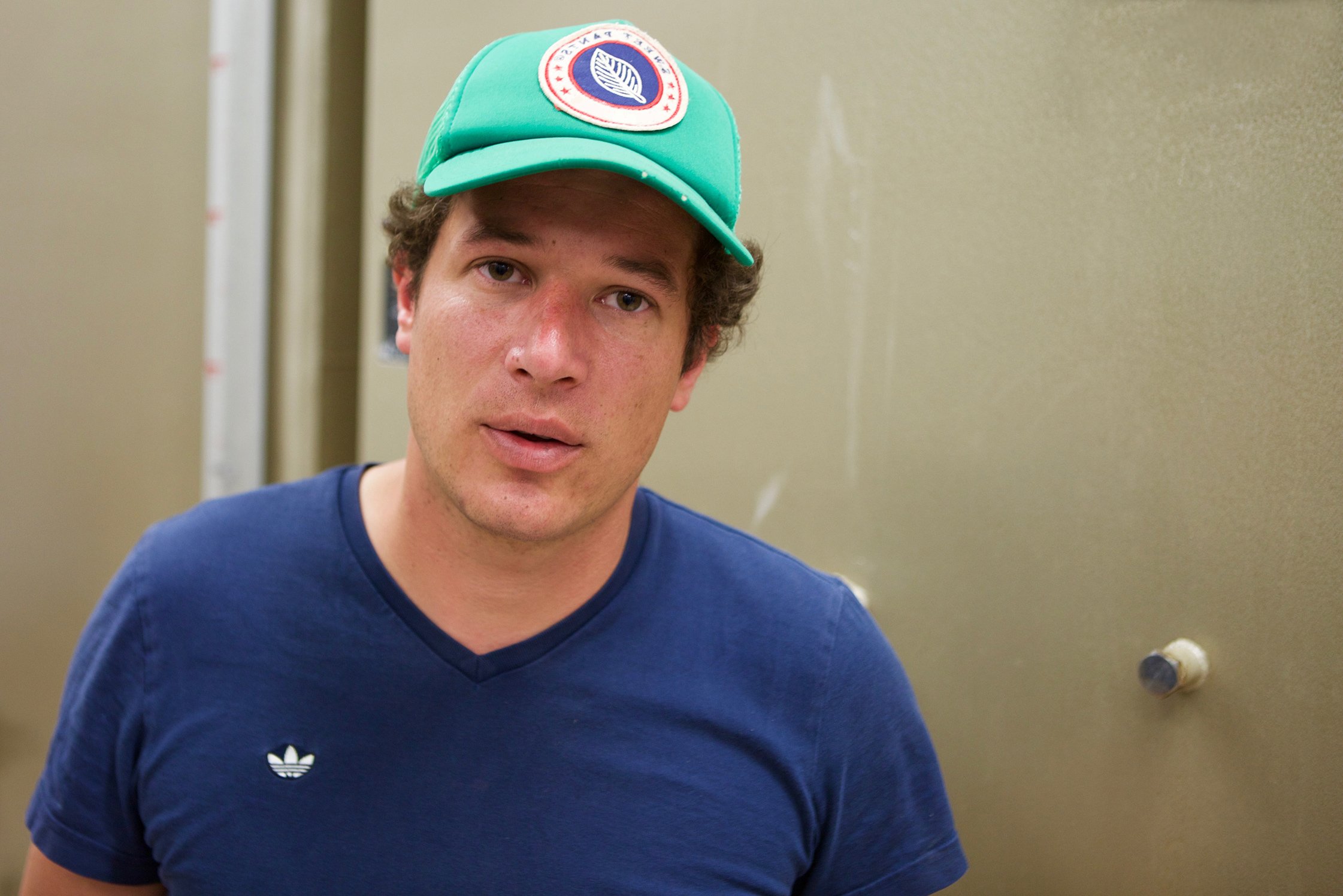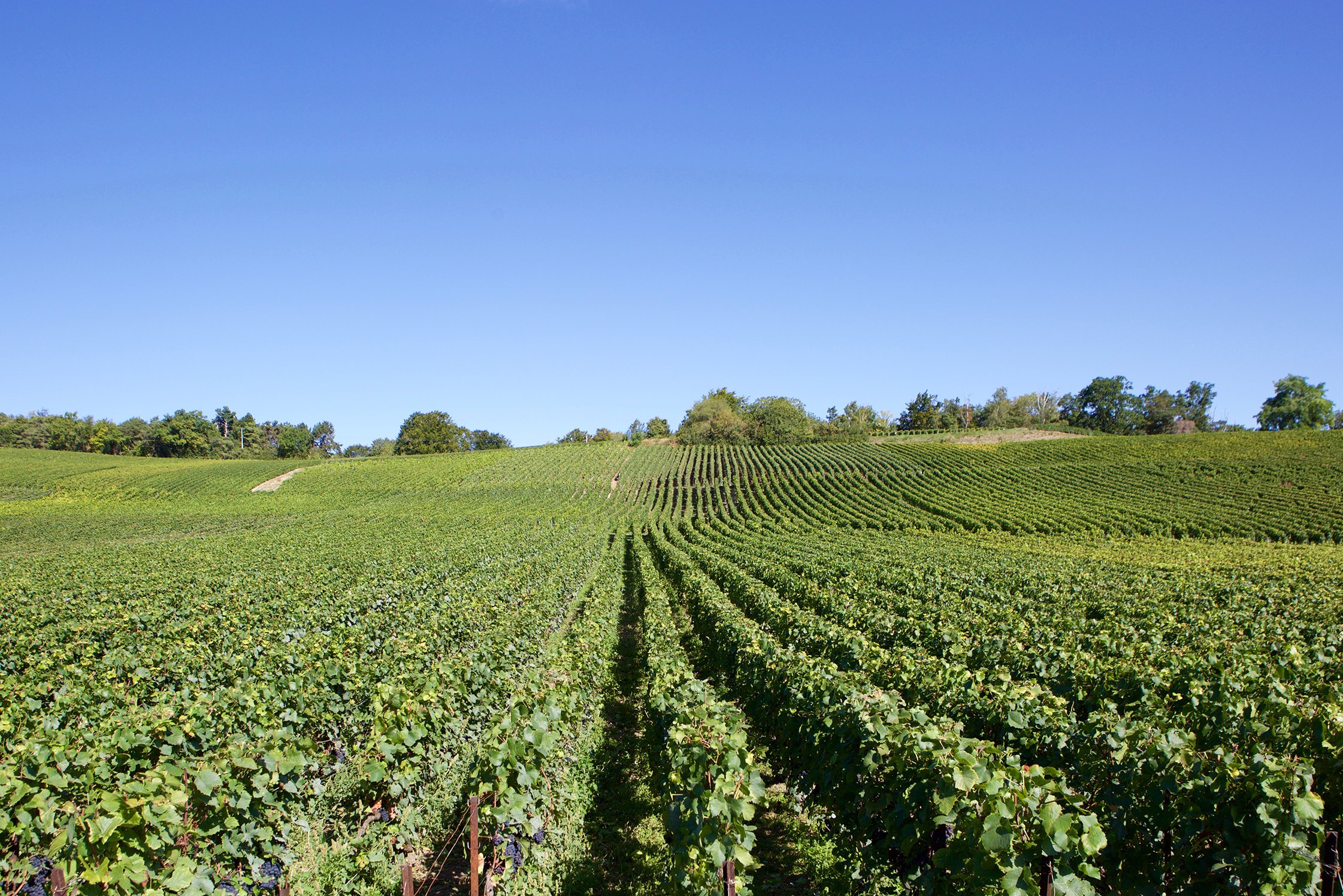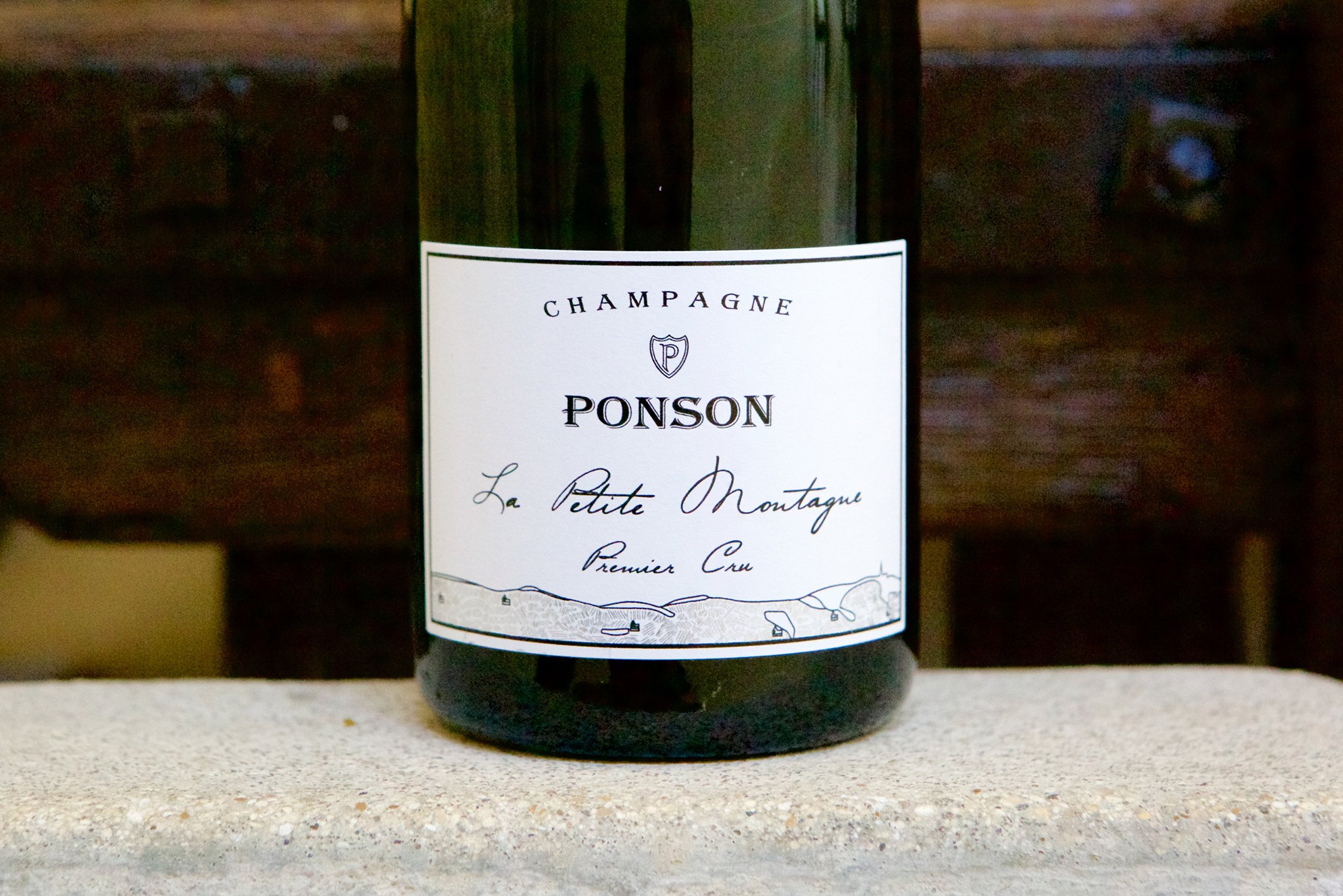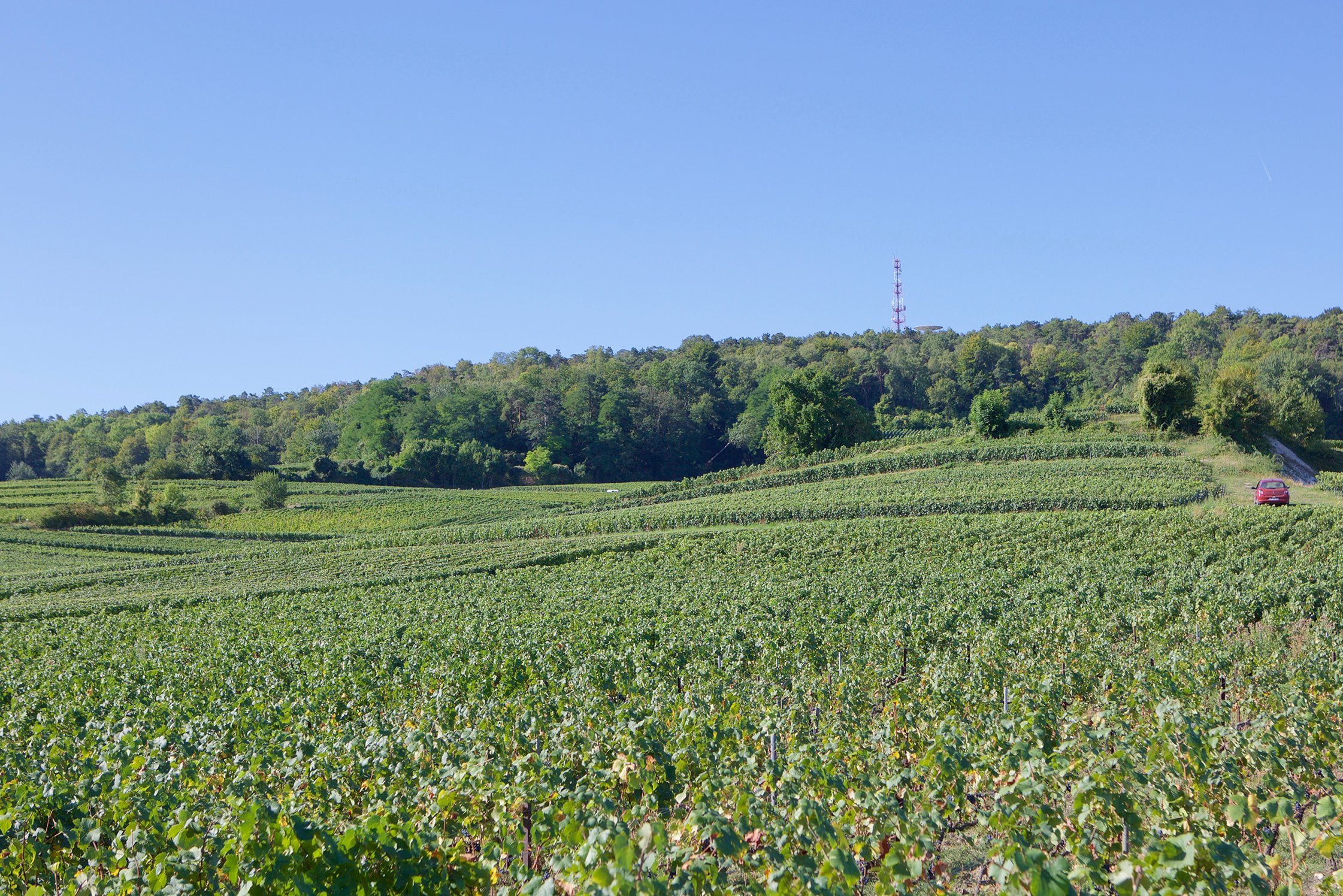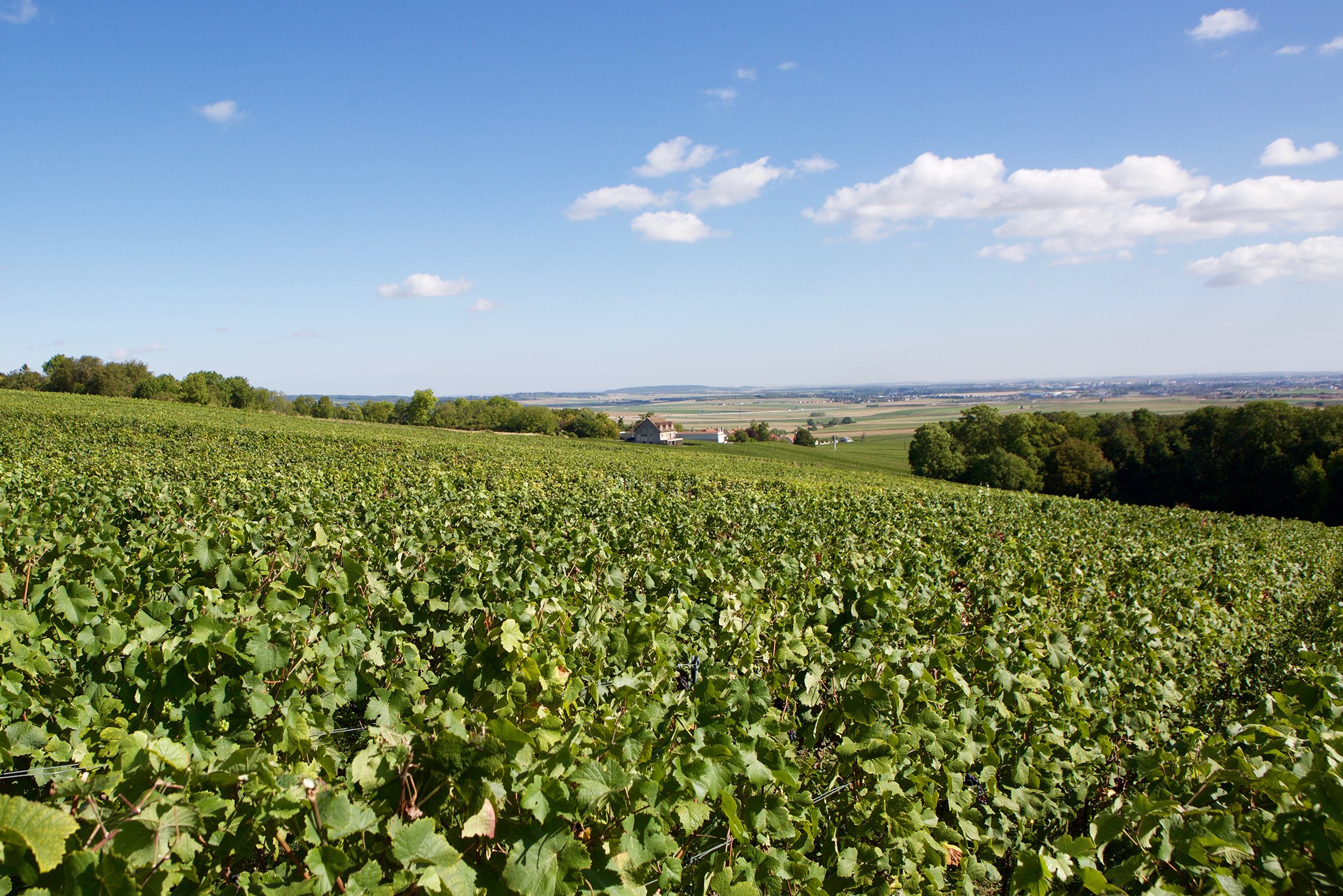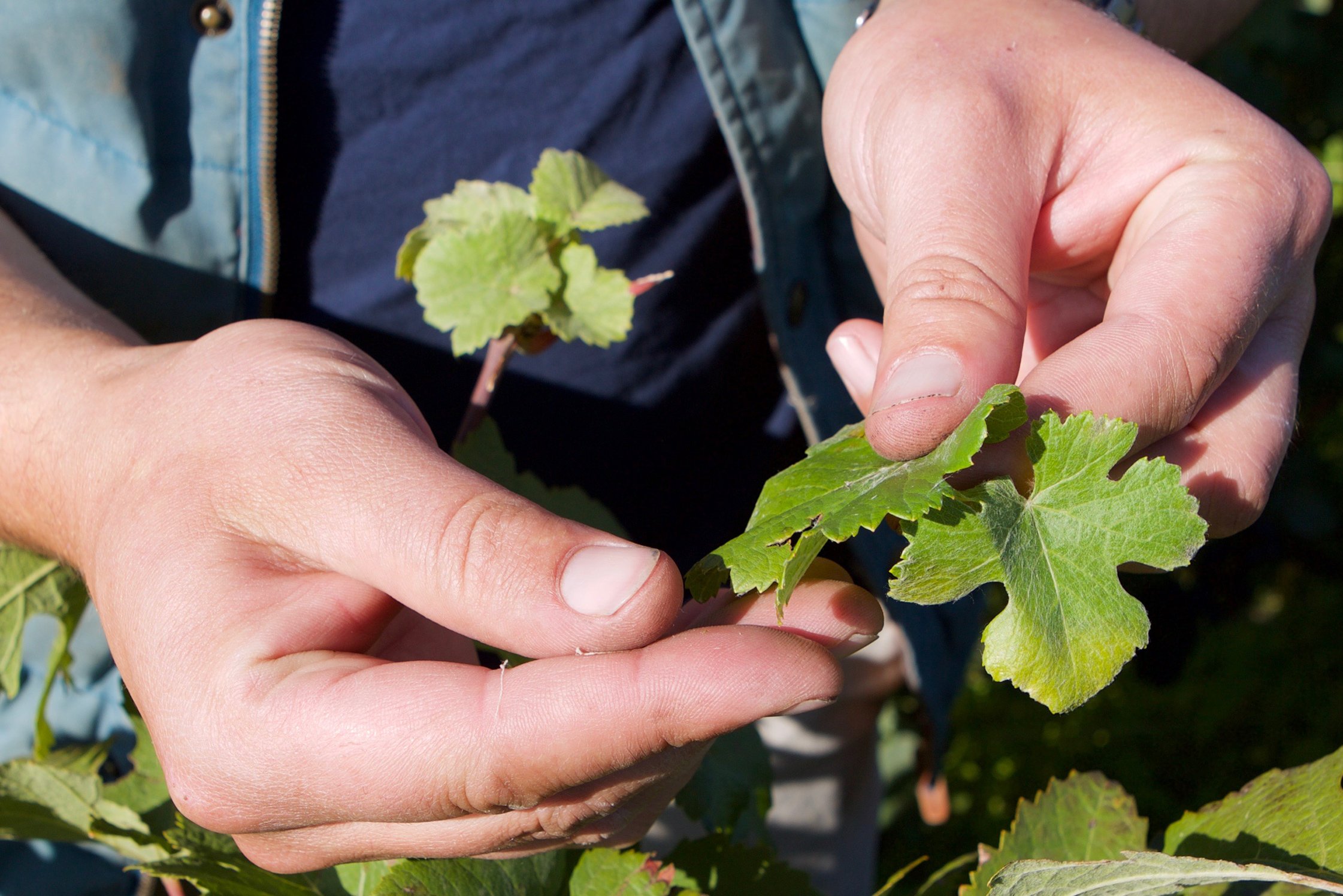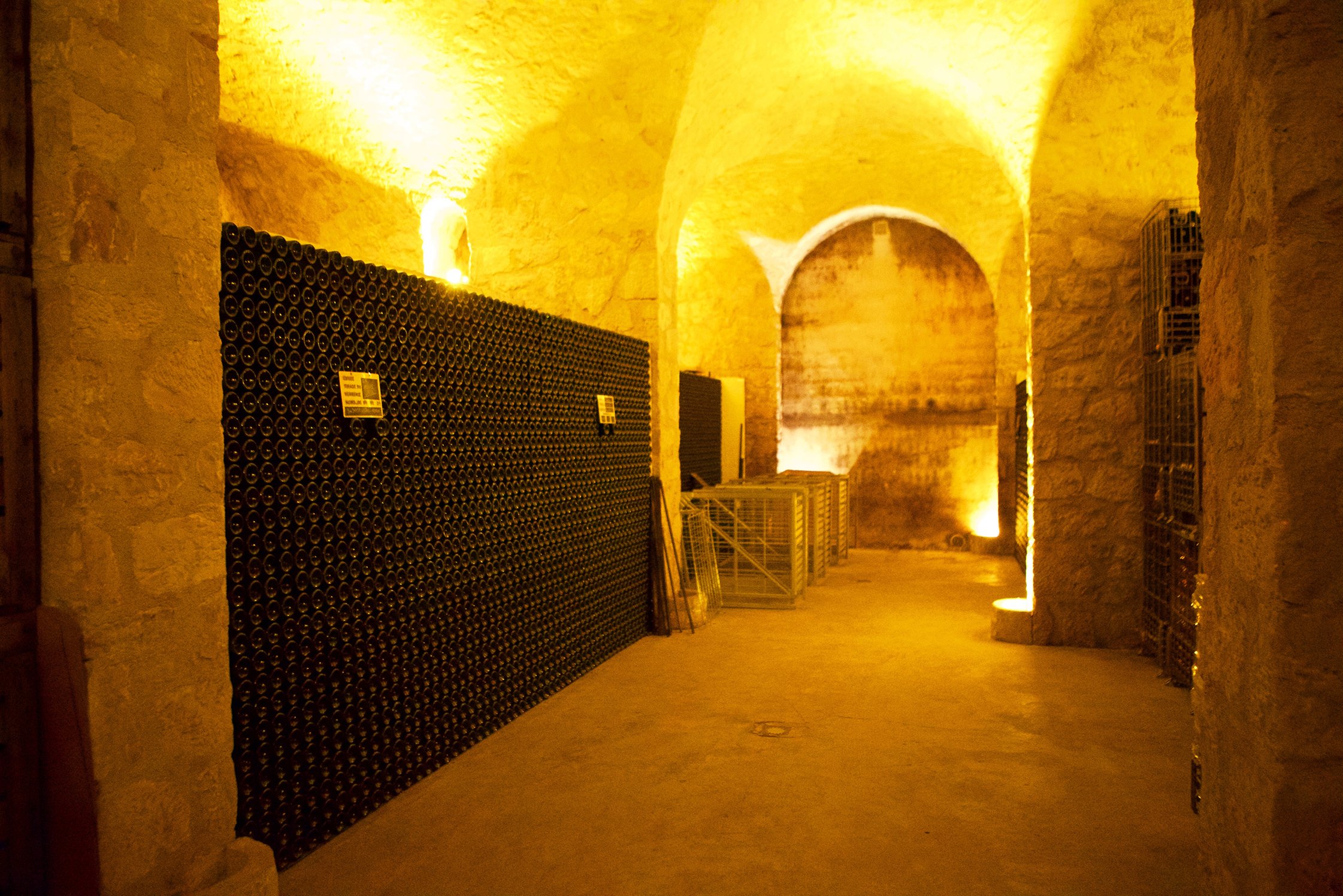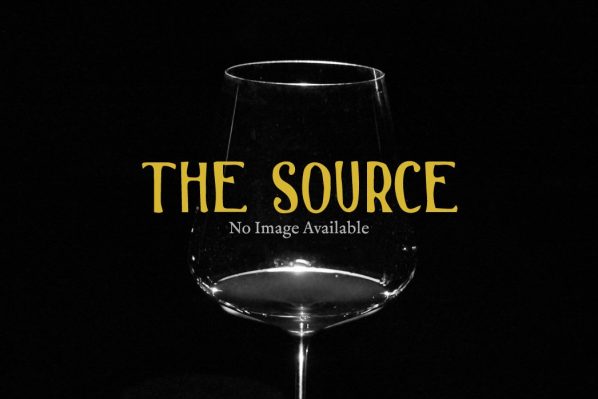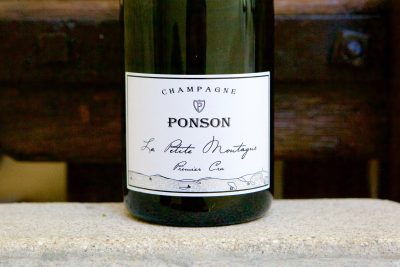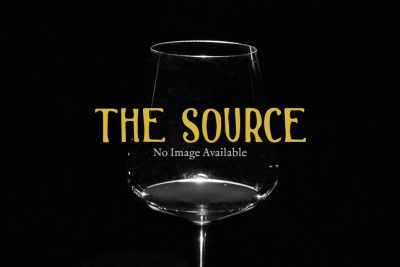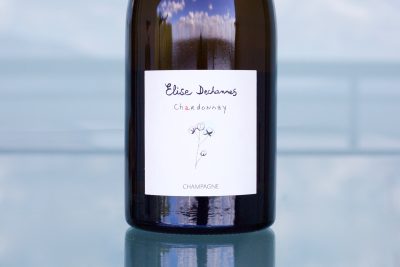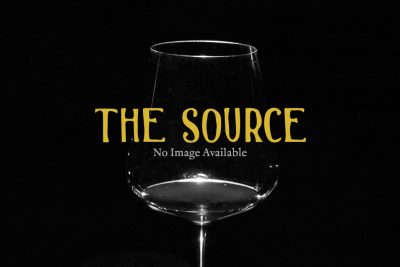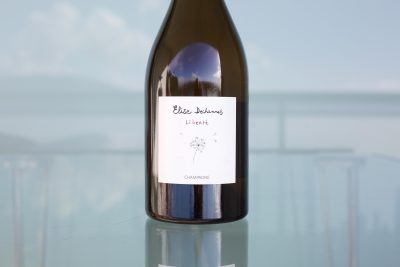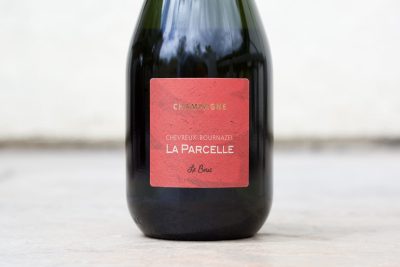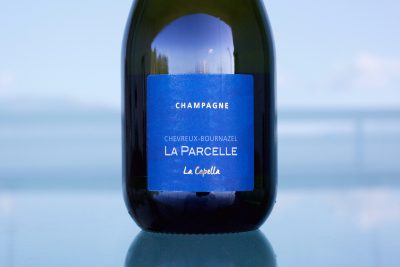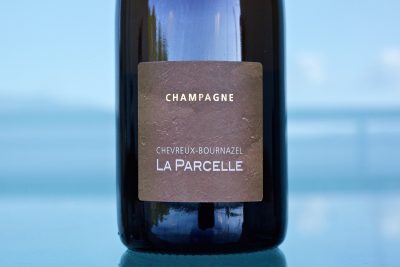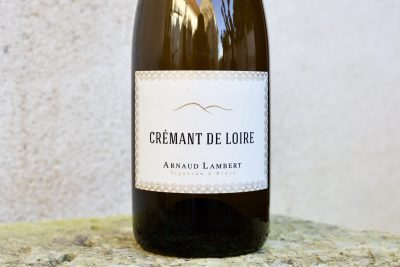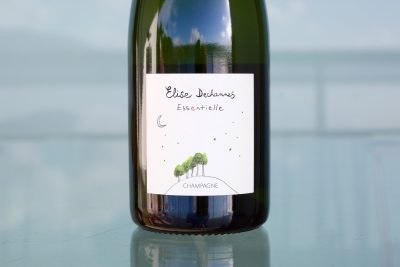Champagne Ponson & Paul Gadiot
Photography and writing by Ted Vance.
In 2011, Maxime Ponson returned home from a couple years abroad studying winemaking in Australia and recreational touring in China, South Korea and Japan. This followed his receiving a two-year degree in viticulture and enology from the University in Montpellier—a school known to focus more on the growing than making side of wine. He was twenty-five, and ready to learn the family métier from his father, Pascal.
Two years after returning from school he began to challenge Pascal on his farming practices. Pascal employed a more traditional farming approach, a term that makes many of us in the industry suck our teeth with irritation when it’s conveniently substituted for chemical farming. I’m not sure how anyone could believe it to be “traditional,” considering how many millennia farming was done with purely natural techniques—the true traditional farming—before the chemicals arrived in full force following World War II. Yet still this misnomer endures… Maxime urged his father to consider converting to organic culture and Pascal resisted. Maxime continued to push, and an age-old, friendly contest between father and son began.
To put it to the test, Maxime took half a hectare of vineyard and committed it to organic culture. Pascal continued the higher probability of guaranteed crop preservation with farming he’d relied on his entire life. As much as we want to eschew chemical farming here at The Source, we understand the resistance many who’ve built their success around doing it this way have to a more natural approach. It’s hard to change when a loss of crops will affect an entire family, as well as all those who’ve been employed. While driving through vineyards, Maxime told me that he wants the environment to be as healthy as possible by doing only what is necessary. He also said that he wants to leave something better than what he has today for his two daughters.
The challenge was on, and Pascal was doubtful. With a smile, Maxime recalled that Pascal made it clear that if his organic methods didn’t leave any grapes to be picked come harvest, he shouldn’t come knocking on his door asking for fruit he could use to make wine he’d bottle under the Maxime Ponson label. But with any fair bet, each player has to put something on the table. If Maxime could prove him wrong, Pascal would consider exploring organic farming. I’d like to believe that no loving father would want their son to fail so they can be right. I didn’t have the chance to meet Pascal, but I’m sure he must have been hoping his son would prove him wrong.
Maxime’s first steps were to eliminate the use of herbicides, pesticides and annual fertilization. His reputation was on the line, so he did what any good farmer would do: he worked tirelessly in the vineyards, paying close attention to what they needed and when they needed it. And by the time harvest came around, he still had grapes. Maxime’s bet paid off, and shortly thereafter, Pascal, inspired by his son, started by putting an end to chemical herbicide and pesticide treatments in his vineyards. Other practices were slowly incorporated, and by 2018 all the domaine-owned vineyards began the conversion to certified organic farming, coupled with the incorporation of biodynamic principles (although he is not in pursuit of certification for the latter practice).
The Changing of Guard
After a family celebration dinner for Maxime’s family’s new house in 2018, Pascal fell asleep in his bed and never woke up. He was a young fifty-nine and everyone believed him to be in good health. With caution I asked Maxime about the event and he recounted the story and ended it by simply stating, “Last year was a very hard year for me and my family. It was completely unexpected.”
Maxime represents the new generation of Champagne grower and maintains an extremely progressive and practical approach. He has the unique opportunity in the wake of his father’s tragic and premature passing to fully incorporate the direction they committed to. He was joined in 2018 by his younger brother, Camille, who finished enology school and started a new family label that we also import, called Paul Gadiot. (More on that wine on our product page.)
Most work in vineyards, whether it’s conventional, organic, biodynamic or natural wine practice, involves a relatively strict preventative regimen of timed treatments throughout the growing season to combat various ailments. But with full control over his family business, Maxime wants to do as little as possible concerning vineyard treatments and only makes a move when signs of problems like mildew begin to show. He explained, “If you don’t have a problem, you don’t need medicine. If vineyards or grapes don’t need help they don’t get anything.” If he loses some grapes along the way, he’s ok with that because he understands that to produce something exceptional, there is always calculated risk involved. And this can only be achieved by makers who are in the vineyards every day, observing the plants up close, the way Maxime does.
Into the Cellar
Winemaking starts with severe sorting in the vineyards, and pickers are paid by the hour, not by weight, which encourages them to take their time to choose the finest fruit. Once the grapes arrive at the cellar they undergo their last quality check before the crush. The goal is to severely scrutinize what makes it into the press, because with perfect grapes Maxime feels he can then let the wines do their work without much interference from him. He said, “The secret is not what I do in the cellar, it’s my vineyards and how I work them.”
About his work in the winery, Maxime often says, “I don’t do anything, really…” We’ve heard this in many other cellars, and of course they all in fact do a lot. But what he means is that he doesn’t tinker with the wines using avant-garde enological tools and additions, or synthetic cleaning agents, since everything is cleaned only with hot water. An exception is that he develops a natural yeast pied de cuve that originates from yeasts in his vineyards. Once the first fermentation vat starts he creates the pied de cuve and uses it on other vats that have trouble starting naturally.
On rare occasions, he will use natural yeast hulls to assist in challenging fermentations to give the yeast some support. And of course, sulfites may be added too—but sparingly, with a maximum of 30mg/l (30 parts per million). If sulfites are added at all to a cuvée, it happens at crush. Sometimes there are vats that never receive a sulfite addition but in the end are always blended with those that do. There are no fining agents and filtrations. He also doesn’t heat or cold stabilize wines outside of what naturally occurs as seasons change during the aging; the result is that sometimes small tartrate crystals can cause precipitation in bottles—totally harmless and with no impact on the quality of the wines.
“Wood is only used for wines that need help.” Those that Maxime deems strong are left in stainless steel or concrete vats to preserve their purity. What usually goes into the barrels (no more than 5% of the entire volume of wine produced and bottled) is juice and/or wine that is richer in phenolic compounds. Phenolically dense wines are expansive and stain the palate with grittier textures. They often mark the wines with more oxidative notes as well—an aspect Maxime welcomes to his style. In barrel, phenolic compounds more easily polymerize, which softens and polishes them up.
The grapes are whole cluster pressed in a traditional Coquard basket press. Some years the cuvée (the first press juice that comes after the discarded initial one hundred liters of free run juice) may go straight to vat for fermentation without any overnight settling. This depends on the quality of the fruit. Alcoholic fermentation lasts between ten days and two months and Maxime limits the maximum temperatures to around 16°-18°C. Aside from temperature control, he believes that practicing too much systematic enology will more or less make the wines the same from year to year and likely kill the personality of the wine. Malolactic fermentation happens sometimes but is not encouraged.
The wines aging in his cellar under crown cap are kept at temperatures that naturally fluctuate between seasons, with a variance of about 10°C from winter to summer. He feels the wines benefit from this during the cellar aging, however once disgorged and finished, they are kept at a constant temperature before orders begin to be fulfilled.
Constant Evolution
There is a lot more to say about what’s happening with Maxime. He admits that he’s open and changing as he goes, but one thing is sure: he is idealistic, and so far this has served him well. Maxime’s wines are unique to his taste and strong belief in Pinot Meunier, the backbone and structure of most of his wines. Today, he prefers a more ripe style of grapes and is not concerned about potential acidity losses because the wines have other components to balance it out.
Aside from his high energy, idealistic approach and work ethic instilled in Maxime by his father, he is one of the most down to earth growers we work with. It’s impossible not to love him and I suspect his boyish, Peter Pan-like charm won’t ever change, and I hope it doesn’t. Maxime’s wines are authentically him and that’s one of the many things I love about them. Maxime said, “I’m sure that I don’t produce the best wine in the world. But I produce my wine, and they have my identity and the identity of my terroirs.” His wines are indeed superb and we are proud to represent this humble and talented vigneron.
Maxime Ponson and his younger brother, Camille, work their family’s vineyards in La Petite Montagne, a sub-section of Champagne’s Montagne de Reims, located west of Reims, the region’s capital. La Petite Montagne is home to some regional luminaries and top talents, like Prévost, Brochet, Savart and Egly-Ouriet. Given the amount of great writing on Champagne, I will spare you with an attempt at explaining the broad details of the region and dig more into the Ponson family’s vineyards from the seven communes they work.
(For a great read on Champagne, I suggest Peter Liem’s book Champagne: The Essential Guide to the Wines, Producers, and Terroirs of the Iconic Region. Read it, and read it again, and again. And when you’ve got a good a good grip on it, take the book to Champagne and read it over a couple of days alone on the trail without any interruptions. Stop to read each section while you slowly make your way from village to village; find a solid parking spot with a good view to sit, read and then take a walk in the vineyards; and never mind the refuse that was deposited there by Parisians half a century ago—yes, that happened, but most of what is left is hard material, like glass and has likely little effect on the vineyards today except a slight alteration of the soil grain. I did this and it burned into my mind the topography of the land—the important part. The book reads with great fluidity despite its dense material and for a wine book, it’s a page-turner. Bravo, Peter!)
The Ponson vineyards are scattered between seven different communes and only on Premier Cru (1er Cru) sites. From north to south, we begin with Vrigny, Coulommes-la-Montagne (their home town), Pargny-lès-Reims, Jouy-lès-Reims, Ville-Dommange, Sacy and Ecueil. There they have seventy parcels with the oldest seventy years old and the youngest just recently planted. All maintain either an east, southeast or south exposition and the climate is continental: freezing winters, dry and warm summer days and cool summer nights. Some areas are warmer than others and this can change quickly from neighboring communes. For example, Vrigny is one of the warmer areas within their range of vineyards, while just around the corner in the Coulommes-la-Montagne amphitheater it’s much colder. Between the first and last parcels to be picked there is often a difference of ten days of separation.
Their vineyards spread over 13.5 hectares (2.47 acres per hectare, so about 33 acres in total) and the grapes are a mix of nearly 70% Pinot Meunier and the rest equal parts of Pinot Noir and Chardonnay. Pinot Meunier is more common in their area because it handles warmer weather better than Chardonnay or Pinot Noir; keep in mind this is within the context of the northern area of Champagne, the coldest winegrowing region in France. On Pinot Meunier’s leaves there is a unique, white skin-like film that serves as a natural protection from the sun. Within Maxime’s range of vineyards (and I am in no position to say this is true throughout all of Champagne), Chardonnay yields the most juice by weight, Pinot Noir second and Pinot Meunier last.
Bedrock and Soil
The bedrock here is chalk and Maxime says it’s softer than the chalk found further south on the Côte des Blancs because it’s more of a tuffeau, which is an extremely porous, sand-rich, calcium carbonate rock, similar to what is found in Saumur and other wine regions of the middle Loire Valley.
The Ponsons have a large range of positions on the coteaux from the top of the plateaus to the bottom. In the communes of Pargny-lès-Reims and Jouy-lès-Reims, where their vineyards are higher up on the plateau, there are few who practice organic farming. With a smile, Maxime commented, “When you are up here you will know my vineyards because they are the only ones with grass.” Here the soils are deeper and heavier with some level of clay before a chalk bedrock that’s much harder than those further downslope.
The mid-slope is where most of Ponson’s vineyards are located. It’s also home to the most talented terroirs in their range due to the good balance of sandy soil and chalk with an average of about 50cm of topsoil before bedrock. Maxime considers these vineyards to be his top, not because they produce the best fruit (even though most of the time they do), but because they take less work to produce higher quality fruit than other sites. Some parcels require three hundred hours of work per hectare and others need four hundred. Some are plowed once or twice (the mid-slope vineyards), while others with root systems that have better access to surface water tend to want to grow closer to the surface may be plowed as many as seven times in a season.
Maxime believes that if every vineyard is worked according to what it needs and not in a systematic way across the range of vineyards, the diversity attained from the best characteristics of each brings to his blending palette something to fill the gaps where others may fall short. This makes for a more complete wine that hits on a broader range of complexities than others. This concept is not at all new to Champagne, in fact this is the more common history of Champagne wines, rather than the relatively newer trend of single-site wines. (Read more about this in Liem’s book.)
Below the mid-slope there are some areas with a unique yellow sand and silt. The grapes from this soil are more concentrated and harder to extract juice from than those further upslope on tuffeau bedrock. Maxime doesn’t have a specific explanation for this characteristic yet, but suspects that despite having nearly a meter of topsoil before bedrock, it may be a consequence of the low water retentive structure of the sandy soils that naturally concentrate the grapes. Pinot Meunier is the focus in these lower areas and here Maxime works the vineyards more. His plowing practice is geared for shallow work (around a few centimeters deep) to take out grass, herbs and weeds, rather than deep cuts into the soil that destroy microbiological communities that assist the plant in assimilating nutrients from the soil to help produce a happy and healthy wine.
Champagne Ponson & Paul Gadiot - 1er Cru, Brut (disg 01/21)
Out of stock

